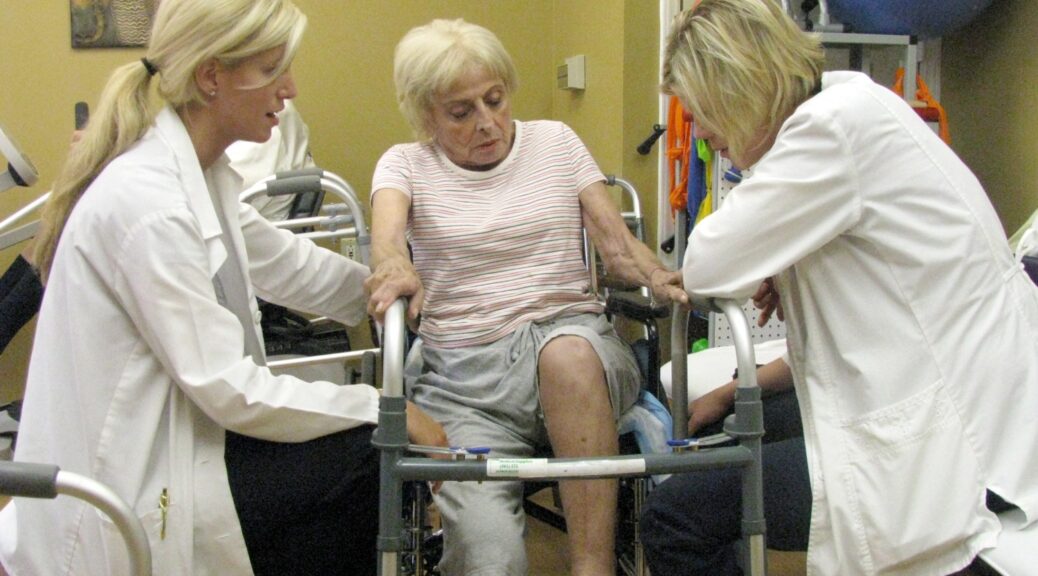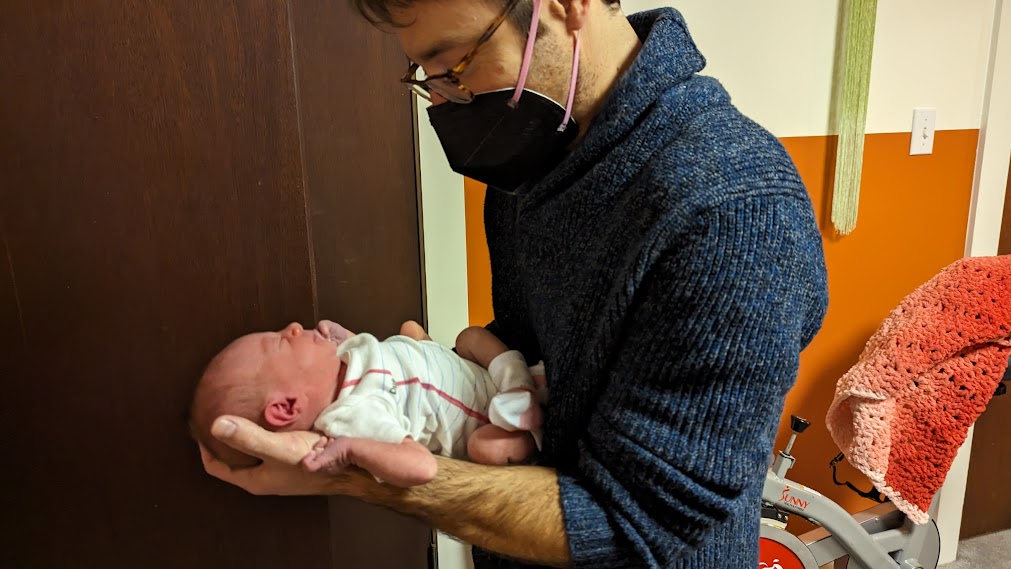These advancements in long-term care to support the care economy are the latest the Biden-Harris Administration has taken to improve safety, provide support for care workers and family caregivers, and to expand access to affordable, high-quality care. This fact sheet is provided by the White House:

Everyone deserves to be treated with dignity and respect and to have access to quality care. That’s why, today, Vice President Harris is announcing two landmark final rules that fulfill the President’s commitment to safety in care, improving access to long-term care and the quality of caregiving jobs. Ensuring that all Americans, including older Americans and people with disabilities, have access to care – including home-based care – that is safe, reliable, and of high quality is an important part of the President’s agenda and a part of the President’s broader commitment to care. Today’s announcements deliver on the President’s promise in the State of the Union to crack down on nursing homes that endanger resident safety as well as his historic Executive Order on Increasing Access to High-Quality Care and Supporting Caregivers, which included the most comprehensive set of executive actions any President has taken to improve care for millions of seniors and people with disabilities while supporting care workers and family caregivers.
Cracking Down on Inadequate Nursing Home Care
Medicare and Medicaid pay billions of dollars per year to ensure that 1.2 million Americans that receive care in nursing homes are cared for, yet too many nursing homes chronically understaff their facilities, leading to sub-standard or unsafe care. When facilities are understaffed, residents may go without basic necessities like baths, trips to the bathroom, and meals – and it is less safe when residents have a medical emergency. Understaffing can also have a disproportionate impact on women and people of color who make up a large proportion of the nursing home workforce because, without sufficient support, these dedicated workers can’t provide the care they know the residents deserve. In his 2022 State of the Union address, President Biden pledged that he would “protect seniors’ lives and life savings by cracking down on nursing homes that commit fraud, endanger patient safety, or prescribe drugs they don’t need.”
The Nursing Home Minimum Staffing Rule finalized today will require all nursing homes that receive federal funding through Medicare and Medicaid to have 3.48 hours per resident per day of total staffing, including a defined number from both registered nurses (0.55 hours per resident per day) and nurse aides (2.45 per resident per day). This means a facility with 100 residents would need at least two or three RNs and at least ten or eleven nurse aides as well as two additional nurse staff (which could be registered nurses, licensed professional nurses, or nurse aides) per shift to meet the minimum staffing standards. Many facilities would need to staff at a higher level based on their residents’ needs. It will also require facilities to have a registered nurse onsite 24 hours a day, seven days a week, to provide skilled nursing care, which will further improve nursing home safety. Adequate staffing is proven to be one of the measures most strongly associated with safety and good care outcomes.
To make sure nursing homes have the time they need to hire necessary staff, the requirements of this rule will be introduced in phases, with longer timeframes for rural communities. Limited, temporary exemptions will be available for both the 24/7 registered nurse requirement and the underlying staffing standards for nursing homes in workforce shortage areas that demonstrate a good faith effort to hire.
Strong transparency measures will ensure nursing home residents and their families are aware when a nursing home is using an exemption.
This rule will not only benefit residents and their families, it will also ensure that workers aren’t stretched too thin by having inadequate staff on site, which is currently a common reason for worker burnout and turnover. Workers who are on the frontlines interacting with residents and understanding their needs will also be given a voice in developing staffing plans for nursing homes. The Biden-Harris Administration also continues to invest in expanding the pipeline of nursing workers and other care workers, who are so essential to our economy, including through funding from the U.S. Department of Health and Human Services.
Improving Access to Home Care and the Quality of Home Care Jobs
Over seven million seniors and people with disabilities, alongside their families, rely on home and community-based services to provide for long-term care needs in their own homes and communities. This critical care is provided by a dedicated home care workforce, made up disproportionately by women of color, that often struggles to make ends meet due to low wages and few benefits. At the same time, home care is still very inaccessible for many Medicaid enrollees, with more than threequarters of home care providers not accepting new clients, leaving hundreds of thousands of older Americans and Americans with disabilities on waiting lists or struggling to afford the care they need.
The “Ensuring Access to Medicaid Services” final rule, finalized today, will help improve access to home care services as well as improve the quality caregiving jobs through its new provisions for home care. Specifically, the rule will ensure adequate compensation for home care workers by requiring that at least 80 percent of Medicaid payments for home care services go to workers’ wages. This policy would also allow states to take into account the unique experiences that small home care providers and providers in rural areas face while ensuring their employees receive their fair share of Medicaid payments and continued training as well as the delivery of quality care. Higher wages will likely reduce turnover, leading to higher quality of care for older adults and people with disabilities across the nation, as studies have shown. States will also be required to be more transparent in how much they pay for home care services and how they set those rates, increasing the accountability for home care providers. Finally, states will have to create a home care rate-setting advisory group made up of beneficiaries, home care workers and other key stakeholders to advise and consult on provider payment rates and direct compensation for direct care workers.
Strong Record on Improving Access to Care and Supporting Caregivers
Today’s new final rules are in addition to an already impressive track record on delivering on the President’s Executive Order on Care. Over the last year, the Biden-Harris Administration has:
- Increased pay for care workers, including by proposing a rule to gradually increase pay for Head Start teachers by about $10,000, to reach parity with the salaries of public preschool teachers.
- Cut child care costs for low-income families by finalizing a rule that will reduce or eliminate copayments for more than 100,000 working families, and lowering the cost of care for lower earning service members, thereby reducing the cost of child care for nearly two-thirds of children receiving care on military bases. Military families earning $45,000 would see a 34% decrease in the amount they pay for child care.
Supported family caregivers by making it easier for family caregivers to access Medicare beneficiary information and provide more support as they prepare for their loved ones to be discharged from the hospital. The Administration has also expanded access to mental health services for tens of thousands of family caregivers who are helping veterans


